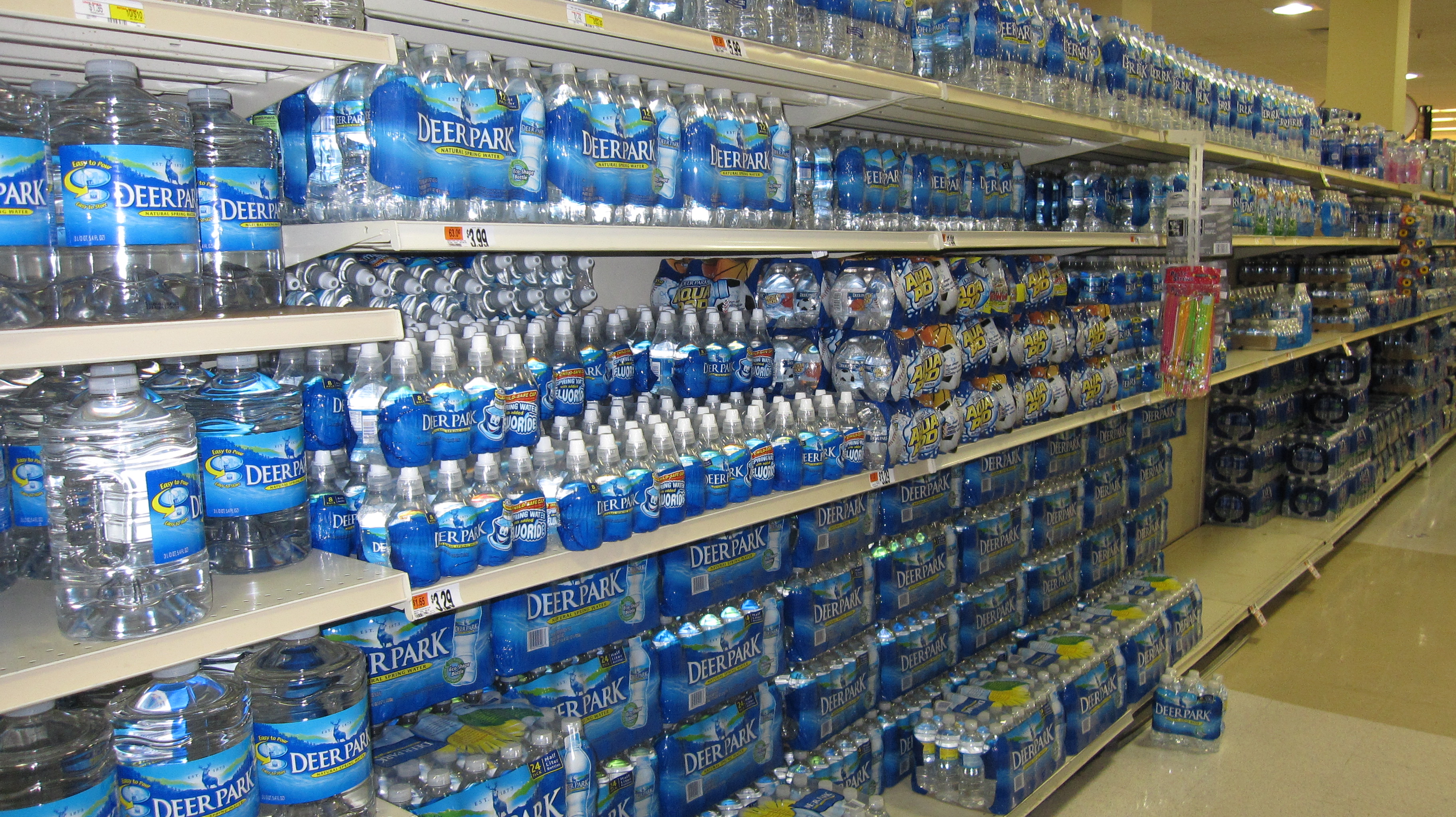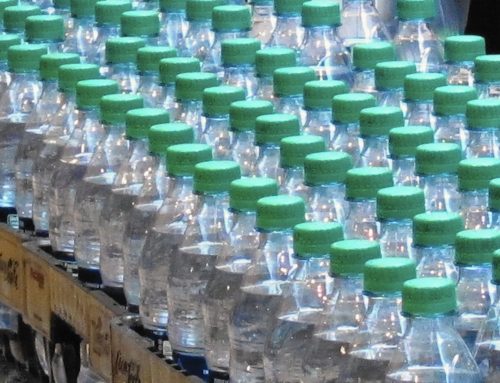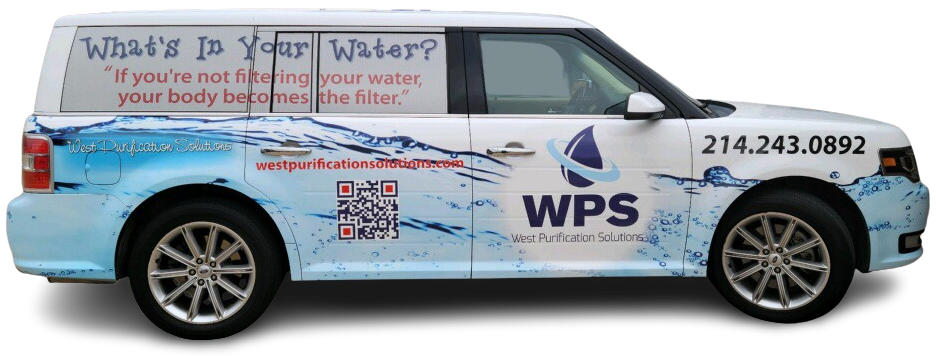Since bottled water doesn’t fall under the guidelines of the EPA, what exactly does it have to do to meet FDA approval?
Bottled water doesn’t need to meet the high standards that city tap water must meet in terms of water treatment, contamination, and other testing.
- On the federal level, it is not mandated that bottled water be any safer than tap water – chemical pollution standards are nearly identical
- Depending on the contaminant being tested for, the FDA requires water treatment testing for contaminants only once a week, once a year, or once every four years. The EPA requires testing several times a day for contaminants.
Various studies performed by the Environmental Working Group (EWG) prove that the testing performed by the FDA is in dire need of improvement. One of the extensive studies, which has been considered “groundbreaking”, shows the following results:
- 9 out of 10 of the best selling bottled water brands either don’t disclose information about the source of the water, contamination testing, or if and how it is purified
- Out of the 173 bottled water brands surveyed, over 50% flunked EWG’s transparency test
- 18% of the bottled water tested failed to make known the location of their water source
- 32% disclosed no information regarding the treatment or purity of the water
Remember also that water that bottled has been adjusted or processed in order to be stored for extended periods of time. At one point it was probably excellent water but, by the time it hits the shelves, it is a product for profit, not health.





Leave A Comment